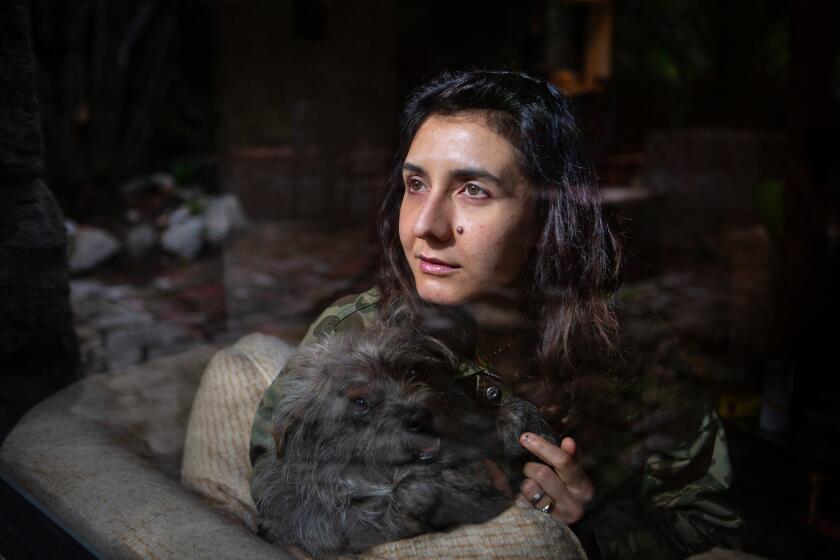Is the literary trend toward passive women progress? Maybe we’ve been misreading
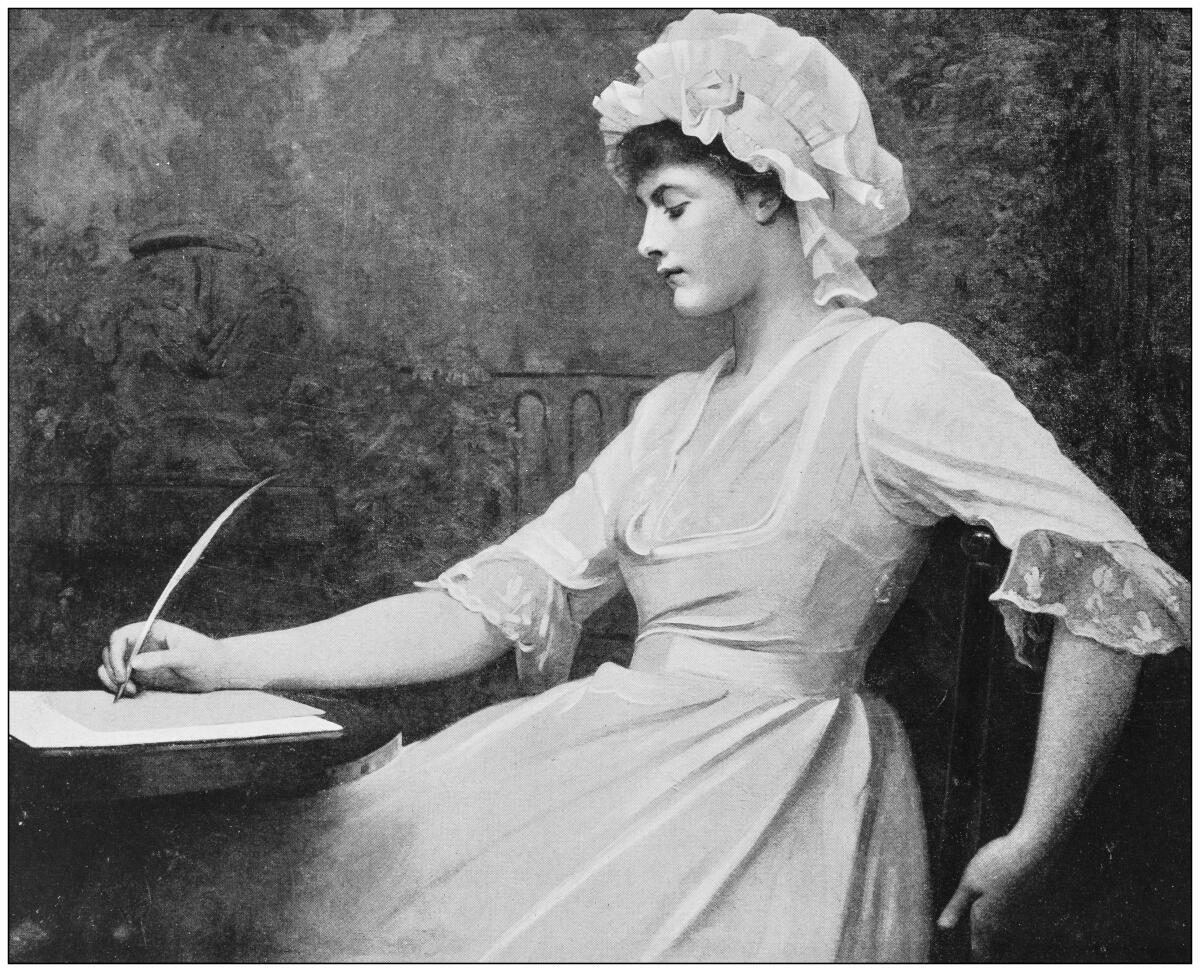
Reading the critical response to Rachel Cusk’s “Aftermath” alongside the reviews of her “Outline” trilogy feels like following the often-exasperating conversation around “women’s fiction” in real time.
First, Emma Gilbey Keller on “Aftermath,” Cusk’s 2012 memoir of divorce, in the New York Times: “Cusk often sounds depressed, and appears not so much selfish as self-involved. Maybe it’s an obvious point to make about a 45-year-old serial memoirist, but she finds herself disproportionately fascinating.” And then Magdalena Edwards on the spare, fragmented 2014 novel “Outline” in the L.A. Review of Books: “Much as the narrator ‘remained dissatisfied by the story’ told on the airplane, I remained dissatisfied by the lack of story told by the narrator about herself.”
Too much, they say, in other words, when you try to give them all you can conjure. No, not enough, they say, when you hold back.
“Outline” is fiction and “Aftermath” is not. It’s worth considering, though, how one book was built after the other — and how strange that “Outline,” perhaps written with critical reaction in mind, and featuring a narrator who herself does little more than react, broke open a new and surprisingly vital form: the novel of passivity.
Historically, the term “women’s fiction” has felt alternatively like a pejorative and a trap. Set up to fight for scraps within systems built to relegate us to the sidelines, women fitting their experience inside forms built by and for males have often been dismissed or judged as falling short. This is not to say that there are not and have not always been plenty of women stretching and shifting their work in service of new and different narratives, but more to say that the reception of that work has often been muted or aggressively myopic.
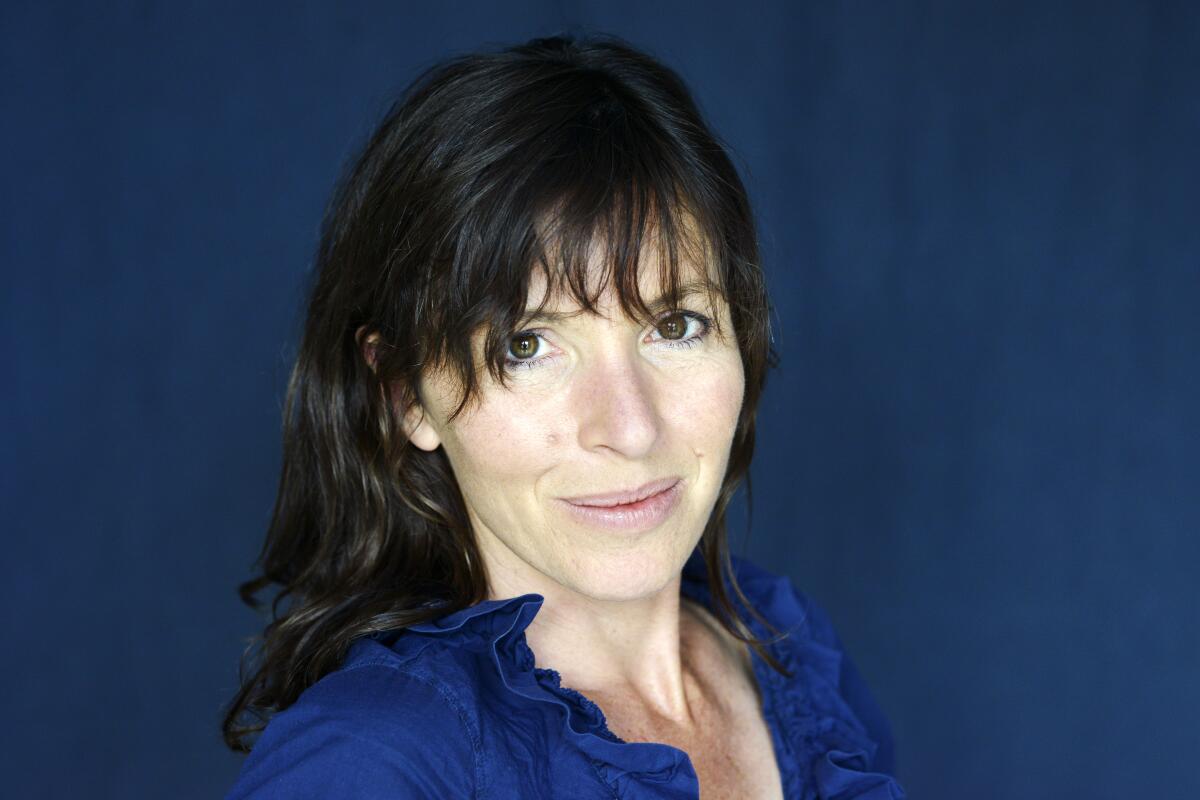
But on this centenary of women’s suffrage, the undeniable good news: Great fiction by women is being written now, rich and complicated fiction that is upending and rethinking what the form can hold. But then that’s not the part that’s new; what feels exciting about perhaps the last decade is that this fiction is being reviewed and celebrated, its revolutionary potential occasionally even recognized.
The major milestones of feminist history, including ratification of 19th Amendment, are rarely seen on TV. But women’s lives, work and politics are vital to it.
In particular, novels about a woman thinking, being talked at, are being actively considered. As opposed to the Great Male Novels that centered agency and action, these books are being seen as an expansion of the form, a shaking off of its conventional demands. Often they are built in fragments, structured around failure, absences, passivity and lacks. They defy the novelistic demands for a certain type of resolution; they land in spaces of confusion and of questions, refuse to give clear lines between cause and effect.
The critical landscape has been slow, and sometimes wrong, in its understanding of these books. They’ve been called “quiet,” “cold” and not always derogatorily but in ways that undermine their ability to be heard. They’ve been called “raw” and “honest” in an attempt perhaps to suggest that the ideas feel true to experience but in ways that slight the craft and inventiveness of the writer.
Their narrators have been called parasitic, narcissistic, toxic, unlikable, as if perhaps the very fact of a female as main character obscures one’s ability to judge the choices of the writer, instead of dwelling on the made-up people, who act in ways other than a critic might wish women would.
One of the main struggles in talking about this type of fiction seems to be how agency, which has become a sort of buzzword around these books, has shifted in these narratives. A writer, a subject — who has power and control, and makes choices — is often writing about a woman reduced to being an object (a body sometimes but mainly in the sense of being acted upon). Someone who, having less power and control than those who’ve occupied so much of the fiction that came before, has a wholly different relationship to action than her predecessors did.
There is first, perhaps, the Cusk model: Character is dead, according to the author of the “Outline” trilogy; the I acts as receptacle for other people’s stories; it is solipsism insofar as it is a single I interacting with the world, but it is the opposite of solipsism insofar as the main character so seldom has any power within these conversations — although if you look a little closer, she is the only one in the whole book with agency, because every other character is her construction.
Celebrated for her novels, occasionally vilified for a persona she can’t control, the author of “Death in Her Hands” is our prophet of loneliness.
Younger writers have pushed the object forward. Consider Ottessa Moshfegh (“My Year of Rest and Relaxation”) and Sally Rooney (“Normal People”): The character is still largely defined by her passivity, confined within systems much larger than her — late ’90s capitalism for Moshfegh, the alienation of social media coupled with 2010s capitalism in Rooney’s novels. These characters, unlike Cusk’s, are fully formed as individuals but objects nonetheless. They are smart enough to know they’re objects, fully cognizant of their ineffectuality. One could add here: Samantha Hunt’s narrator in “A Love Story,” Catherine Lacey, Rachel Kushner, Jenny Offill and on and on.
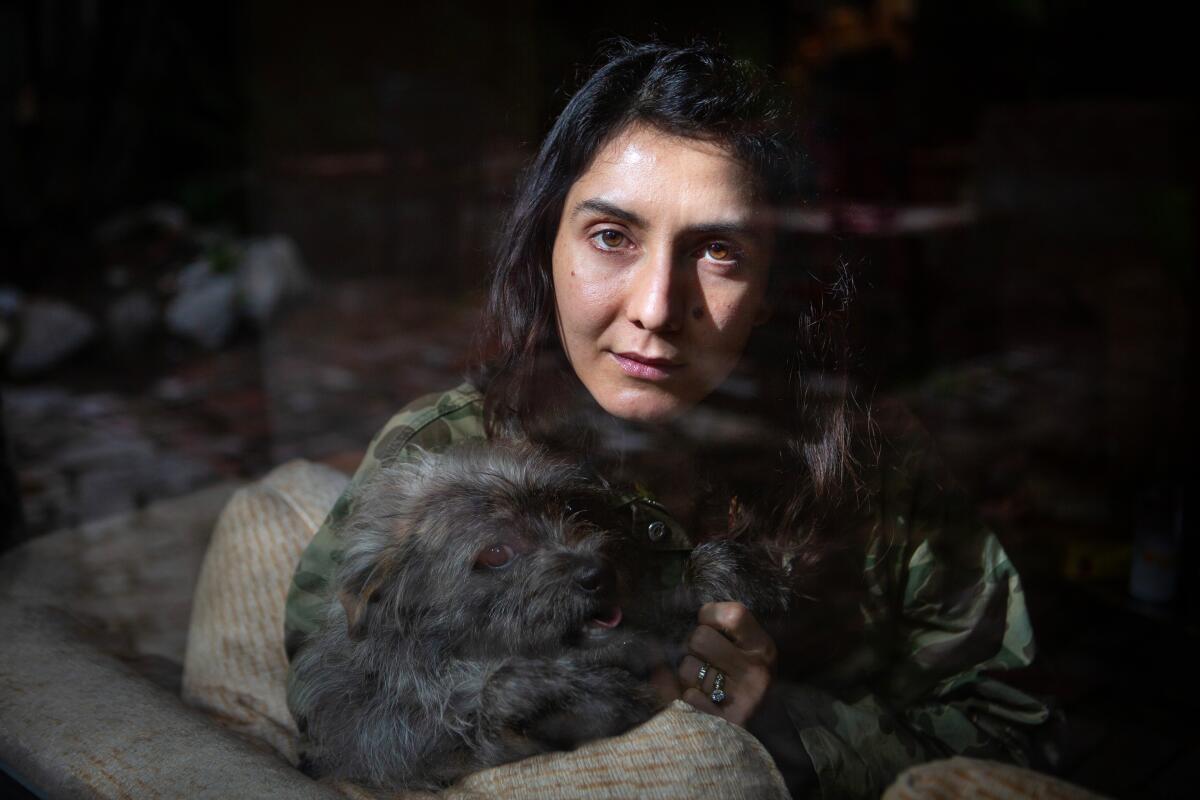
These women often, because the systems under which they live have proved too powerful, act most decisively or violently not upon the world but upon themselves. They cut themselves, refuse to eat, self-medicate their way into oblivions.
This is perhaps too reductive, but as so much of the (Western white male) fiction that preceded it focused on the individual pursuit of one’s wants and needs, the idea of fiction that acknowledges all the ways the wants and needs of certain individuals matter not at all to the worlds they inhabit feels like a revelatory premise on which to build a novel.
Hard, also, it feels worth saying, to pull off. While so many books are compared to these, so few of them accomplish the same thing. Passivity, after all, can induce boredom; it can result in narratives that fail to propel themselves. But what these novels are so good at depicting is the complexity and necessity of passivity and its sometimes violent results. They show not only how fiction can be built around objects just as well as subjects, but that these objects have enough power and agency to propel whole narratives.
An Irish millennial’s first novel, “Exciting Times,” pins the touchstone generational tension between sardonicism and sincerity.
Because of the way publishing works — slow and desperate, I would argue, Hungry for the Next Big Thing while mostly unwilling to consider that might mean taking a chance — it still feels as though the goal of much of literary women’s writing is to be compared to Cusk, Moshfegh or Rooney, as if books and their projects should be stagnant. As if our objectness might not necessarily begin to shift.
This piece was written on the occasion of the centennial of women’s suffrage. Commemorations can feel strange and forced, anachronistic, but they also remind us that often the most useful guides for looking forward can be found by looking back. And that often the best way to continue to propel a movement is to consider all its lacks.
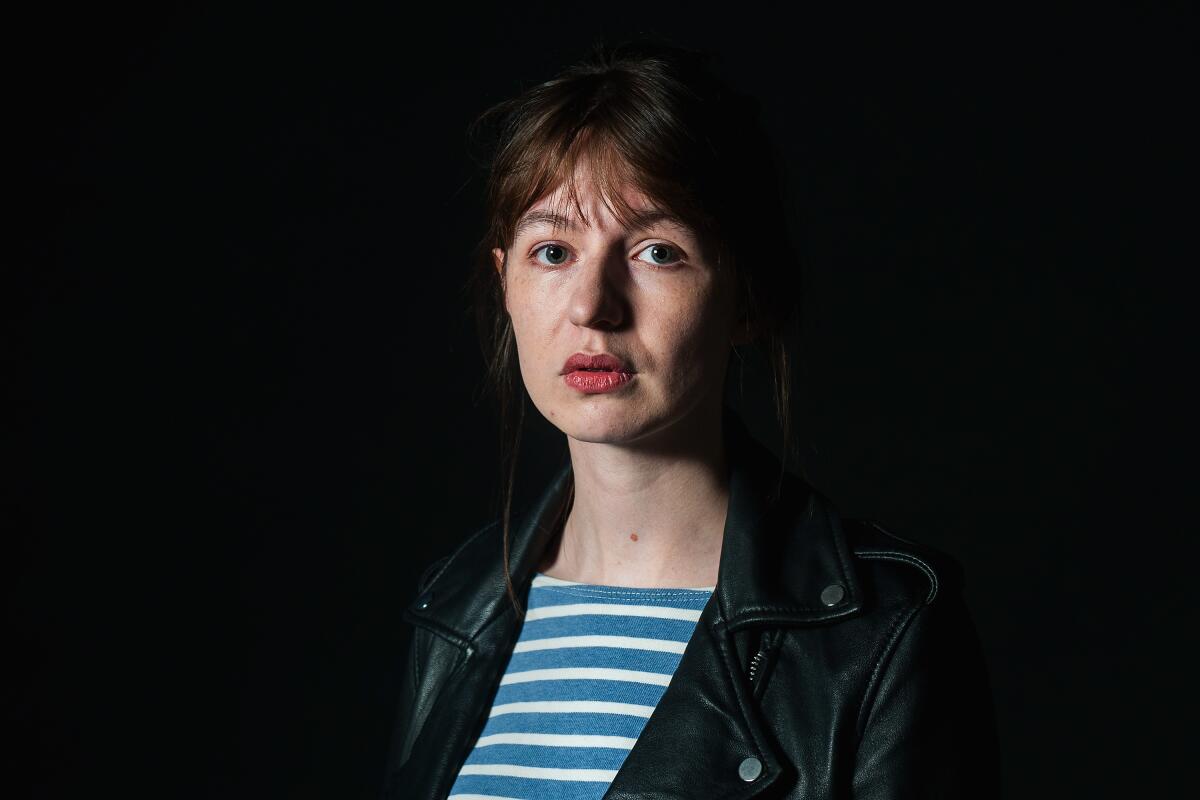
It feels worth noting that most the women mentioned so far in this essay — mentioned because they have been at the center of the critical conversation — are white women; they all explore lives and experiences in which their objectness stays largely safe and cloistered, with similar origins and contexts. I should also note that I am a white woman, that I’ve written books from the cloistered spaces of these contexts.
In Lynn Steger Strong’s ‘Want,’ a writer, teacher and mother faces up to her own privilege and the precariousness of her middle-class life.
It feels worth noting too the way this connects to suffrage and feminism more broadly. When movements bolster and propel women, the privileged often get propelled and bolstered first. There is something in this that’s passive as well — letting the culture shift from underneath you. It might be worth considering how we might more forcefully use what we’ve been given to push further forward and reach further back.
Bette Howland, born in 1937 and the author of “Calm Sea and Prosperous Voyage,” “W-3,” and “Blue In Chicago,” was referred to in her New York Times obituary as a “protegee of [Saul] Bellow’s,” as if that were her great contribution to the conversation. Prior to her recent re-discovery, Howland’s work had been dismissed, out of print for years. And yet, in forms I’ve never seen before, in ways that feel revelatory and imperative to the work we might all be trying to make next, she shows how an I can also exist within a collective; how, for some communities, constantly subverting one’s own wants and needs is simply necessary in order that the group survive.
Gayl Jones, whose first book, “Corregidora,” was published in 1975, has seen her work relegated to that frustratingly specific space of “African American literature,” as if the historical traumas of slavery and interracial rape weren’t necessary for all of us to work hard to look at. Through a revolutionary-feeling use of time and structure, her novels model the way trauma over generations can be portrayed in intimate settings, the way a reader can get inside and feel them intimately. Never have these books felt more relevant or instructive to me; never has the fact that the critical landscape of their time did not have sufficient language or space for them felt like a greater loss.
“Women’s fiction” is an ongoing conversation, built and richened long before any consistent critical reception had caught up with it. As we look forward to what might come after all these objects, all these passive actors so brilliantly portrayed, we need to read and listen to the others, actively participate in the bolstering not only of our own work but this larger conversation, such that we might all be pushed to consider what the novel might still be able to contain.
Memoirs by Kiese Laymon and John Edgar Wideman; essays by Darryl Pinckney and Mikki Kendall; masterpieces from Michelle Alexander and Claudia Rankine.
Strong is a critic and the author, most recently, of the novel “Want.”
More to Read
Sign up for our Book Club newsletter
Get the latest news, events and more from the Los Angeles Times Book Club, and help us get L.A. reading and talking.
You may occasionally receive promotional content from the Los Angeles Times.
